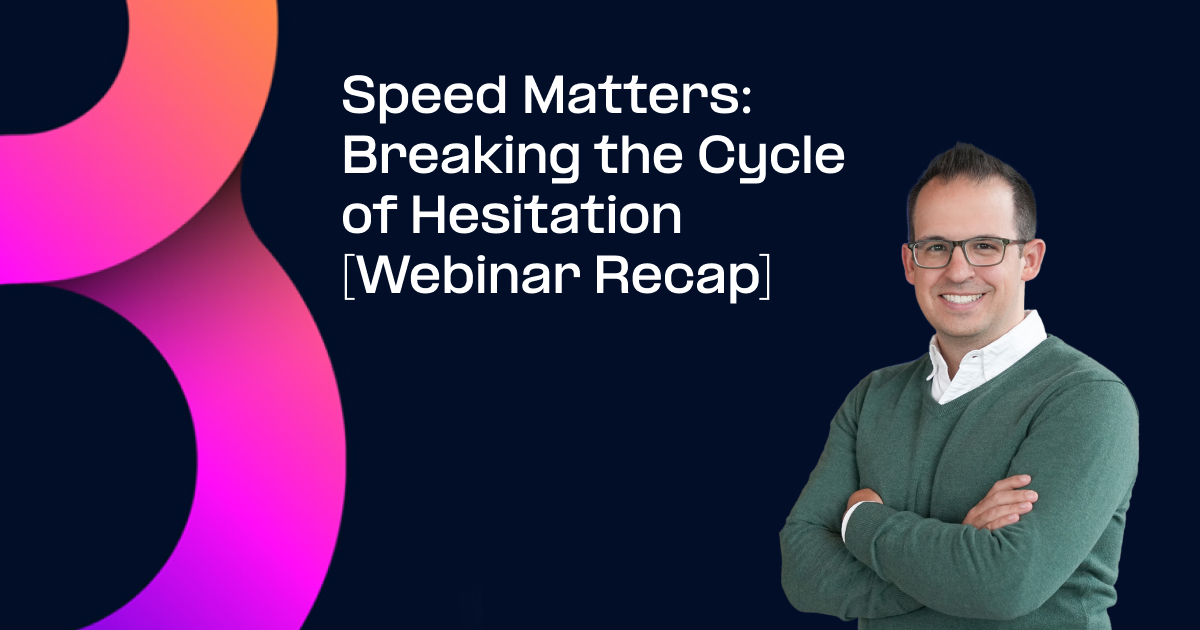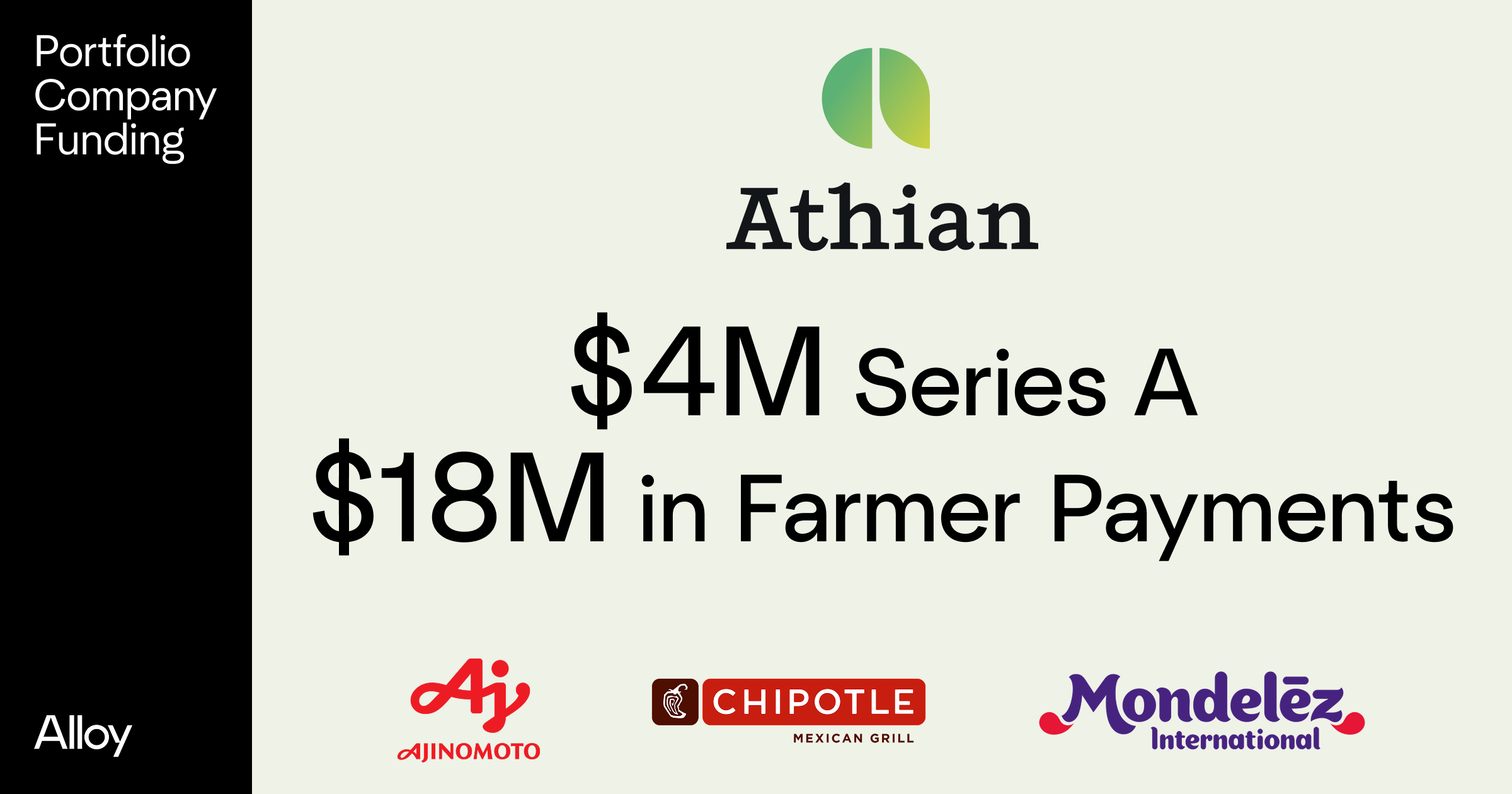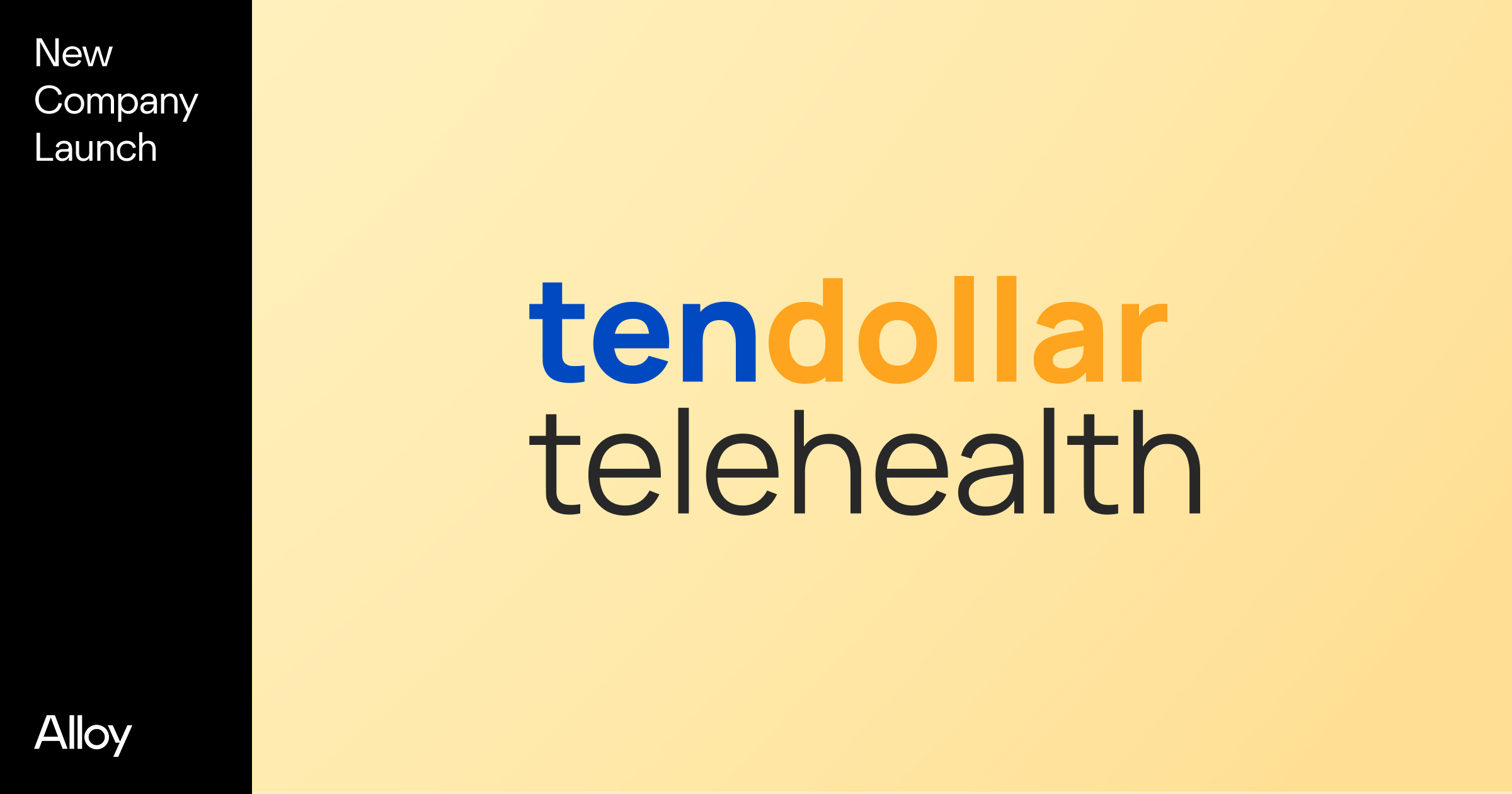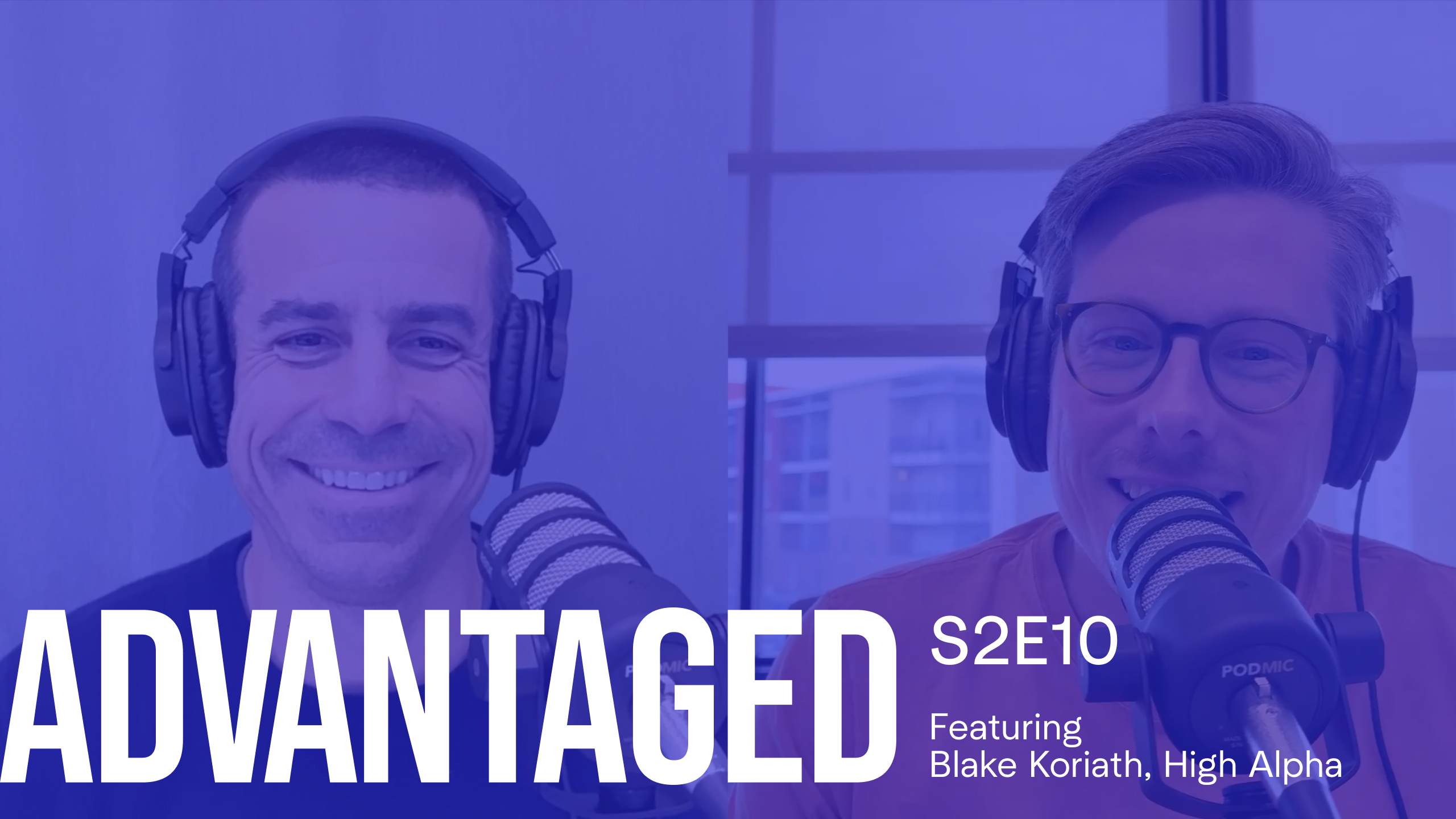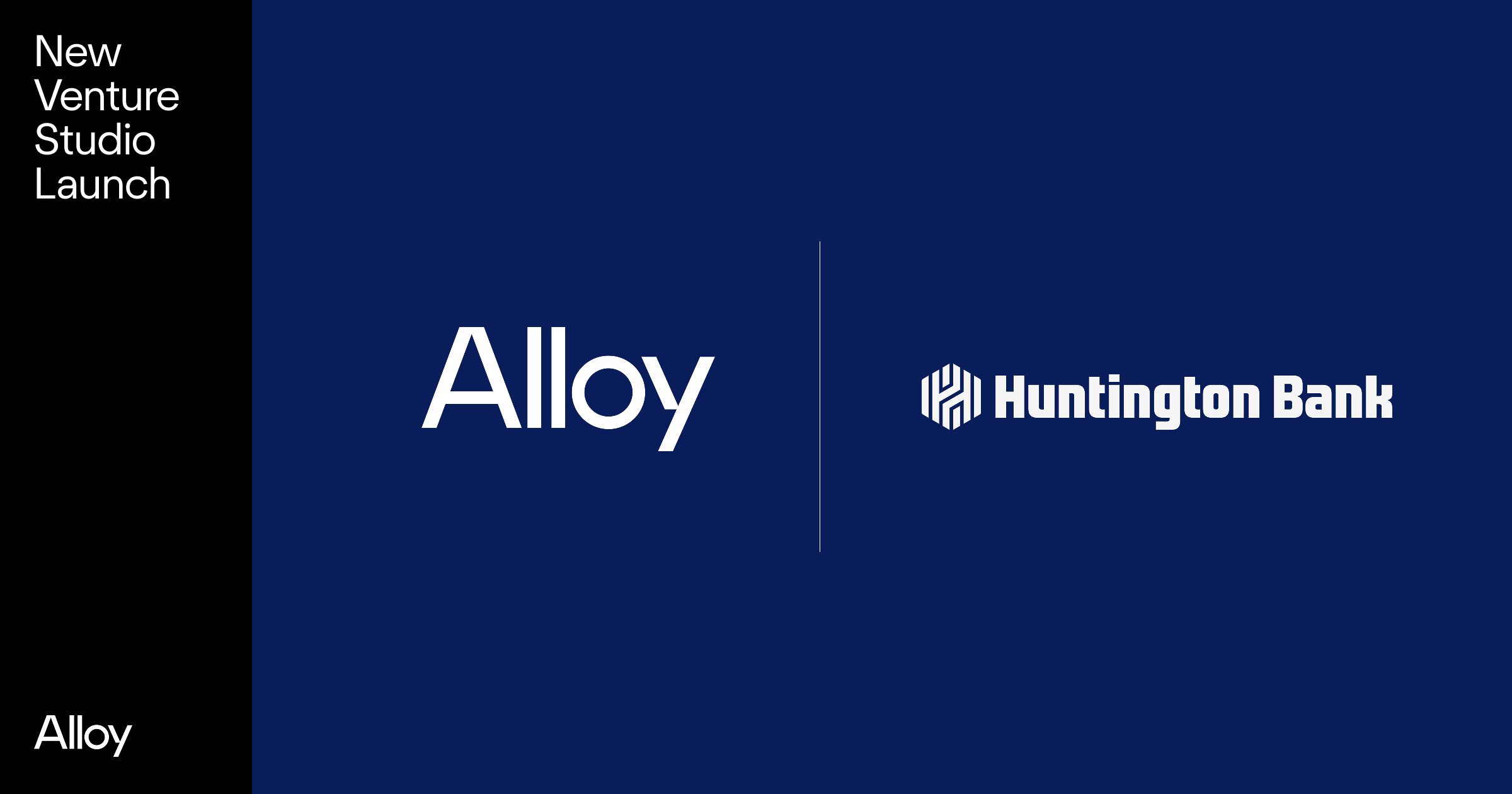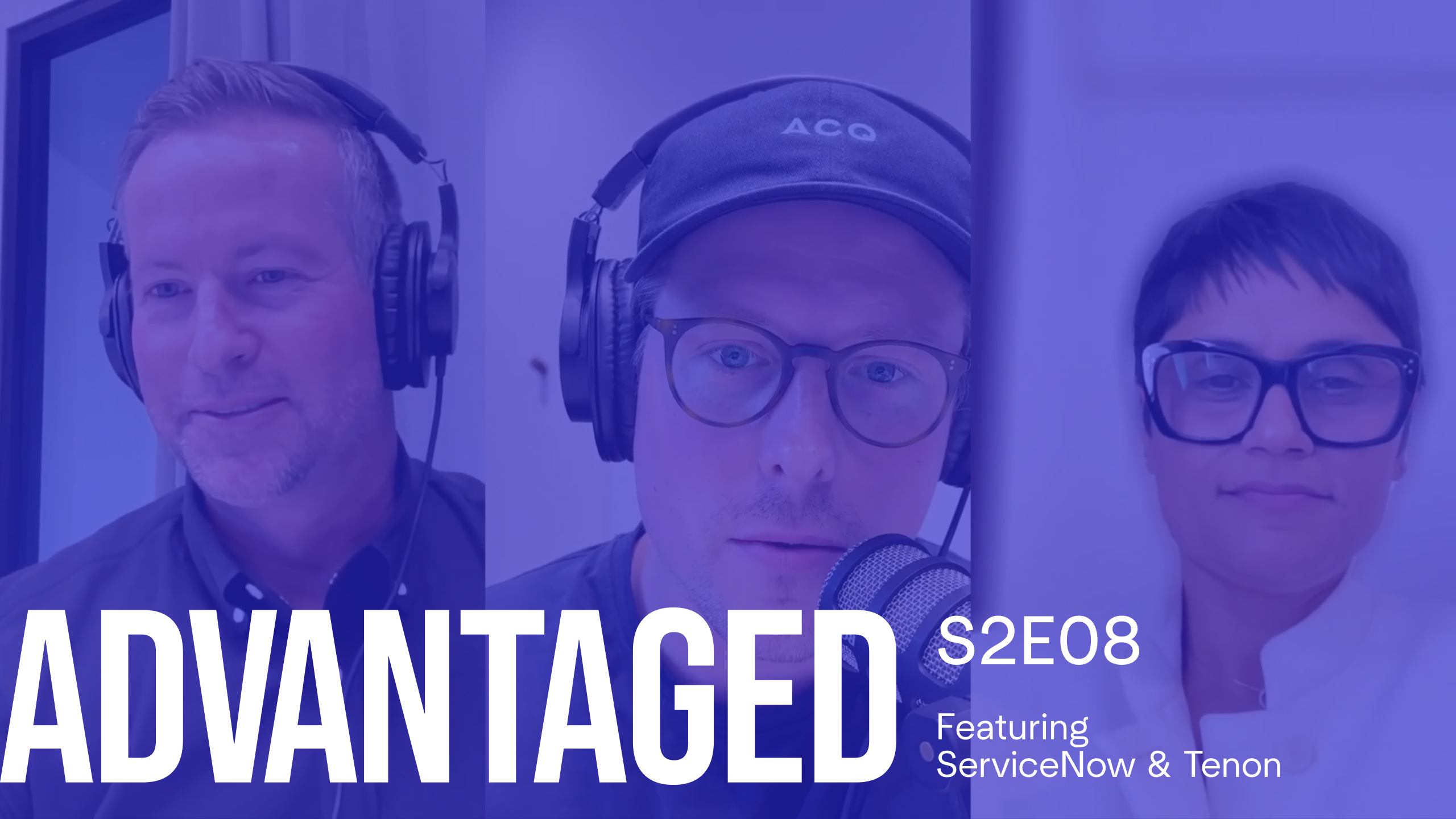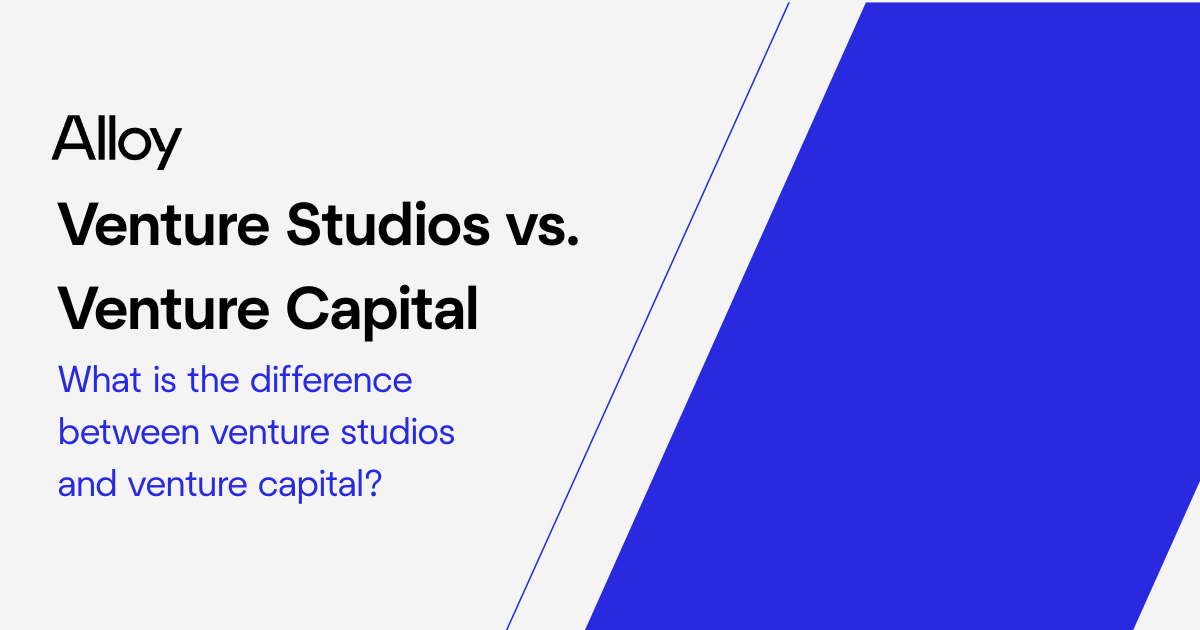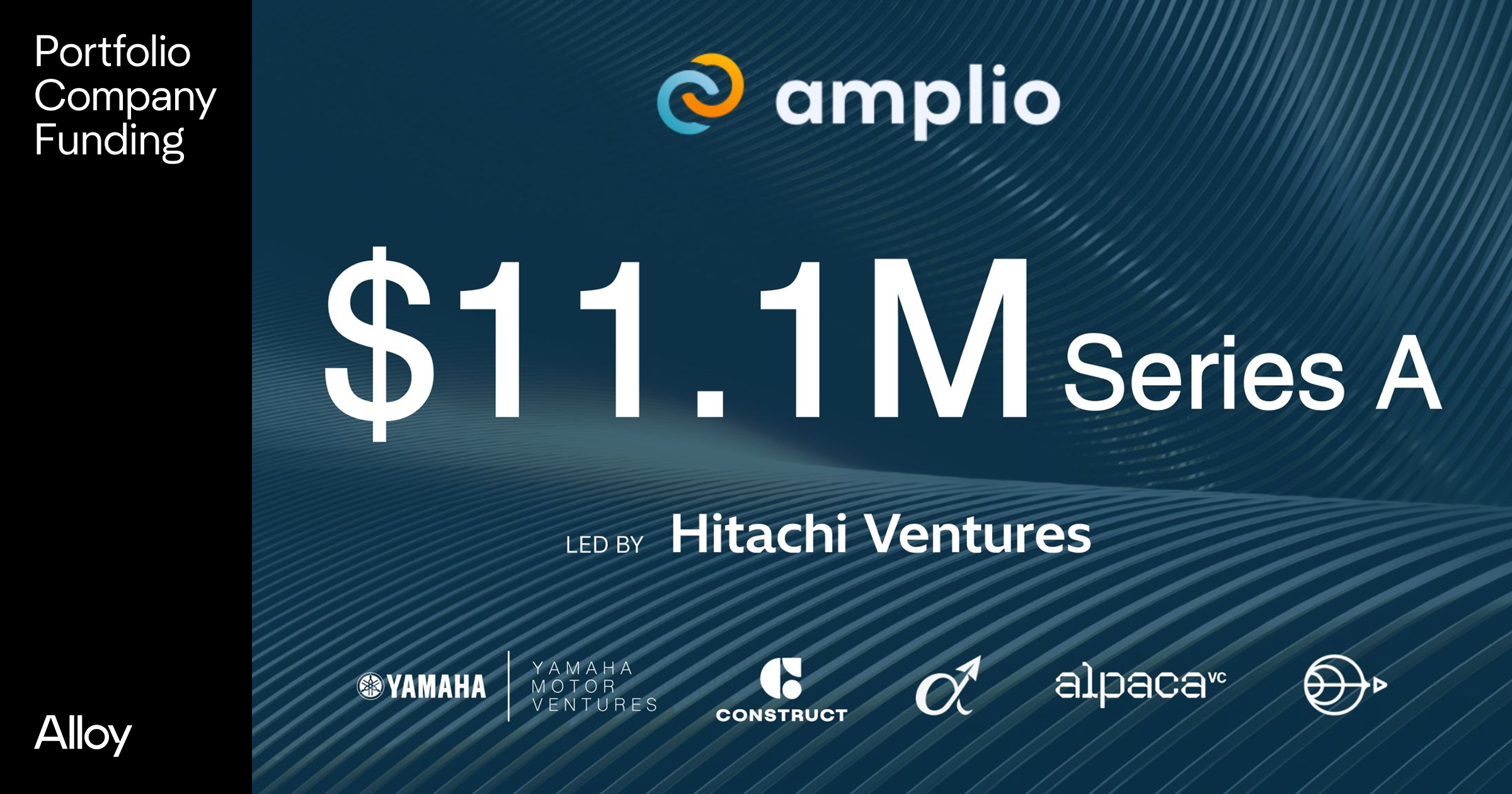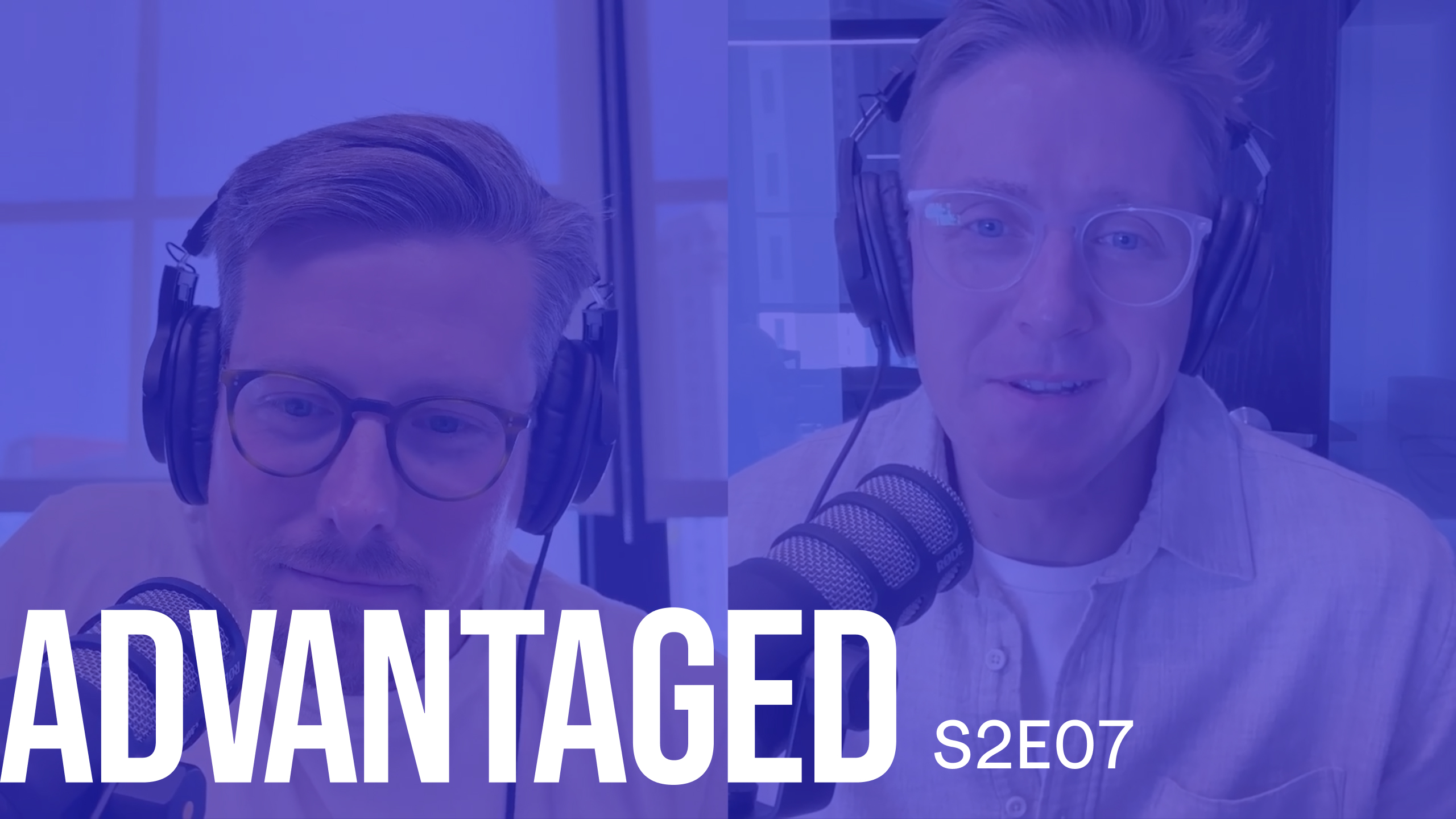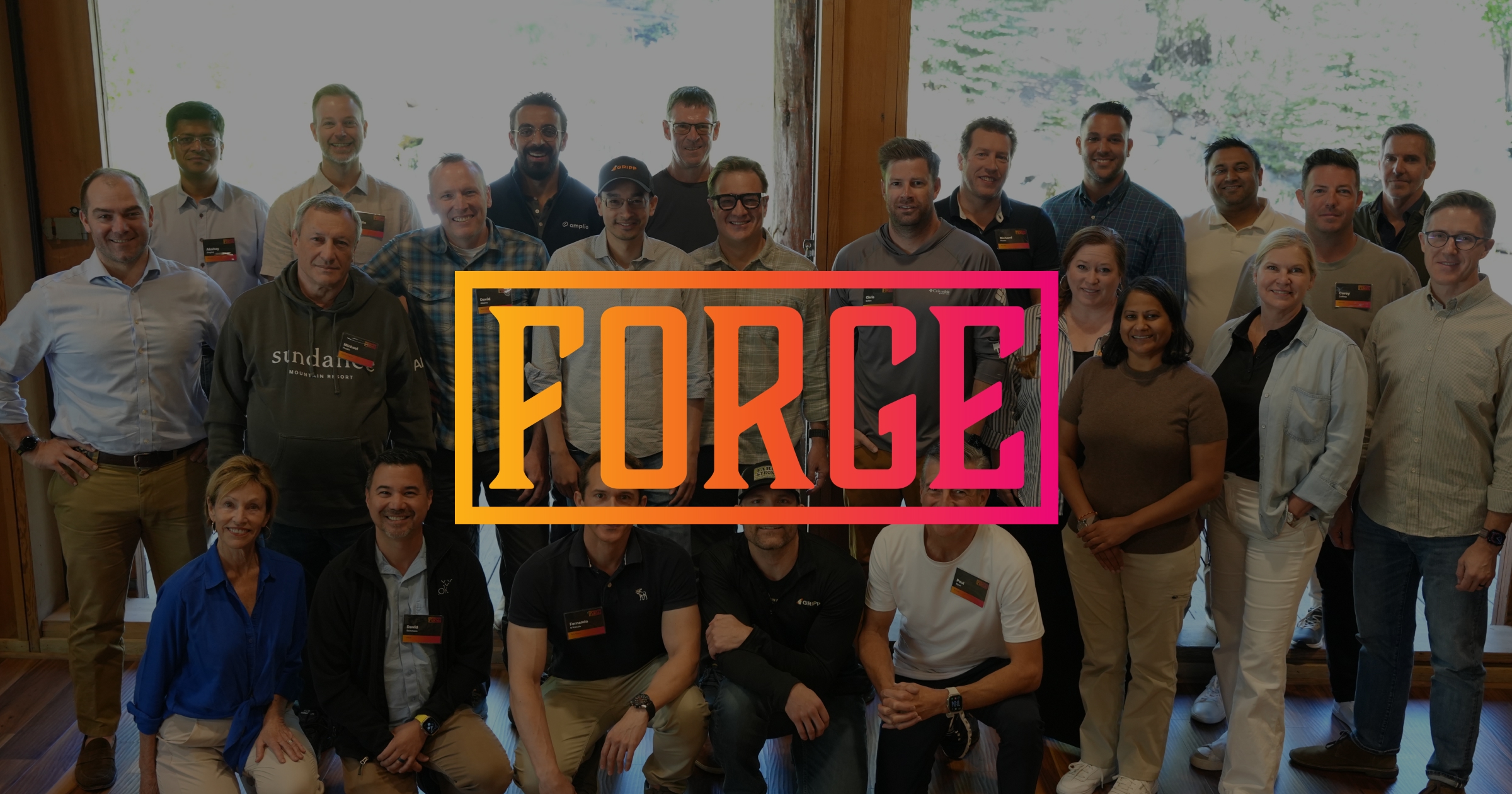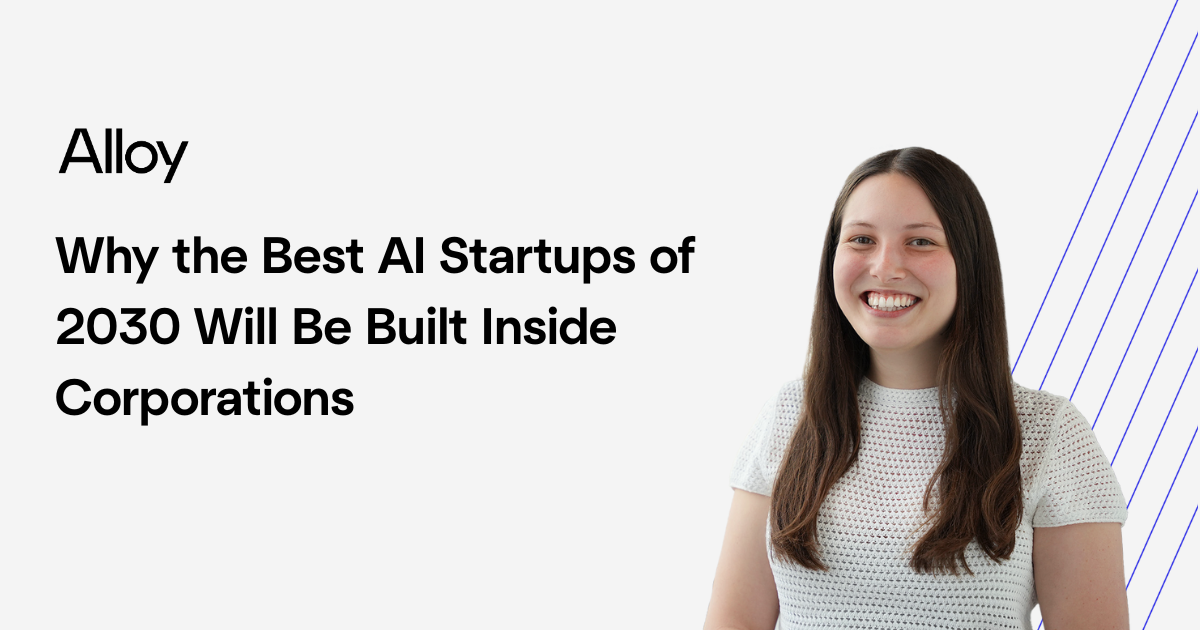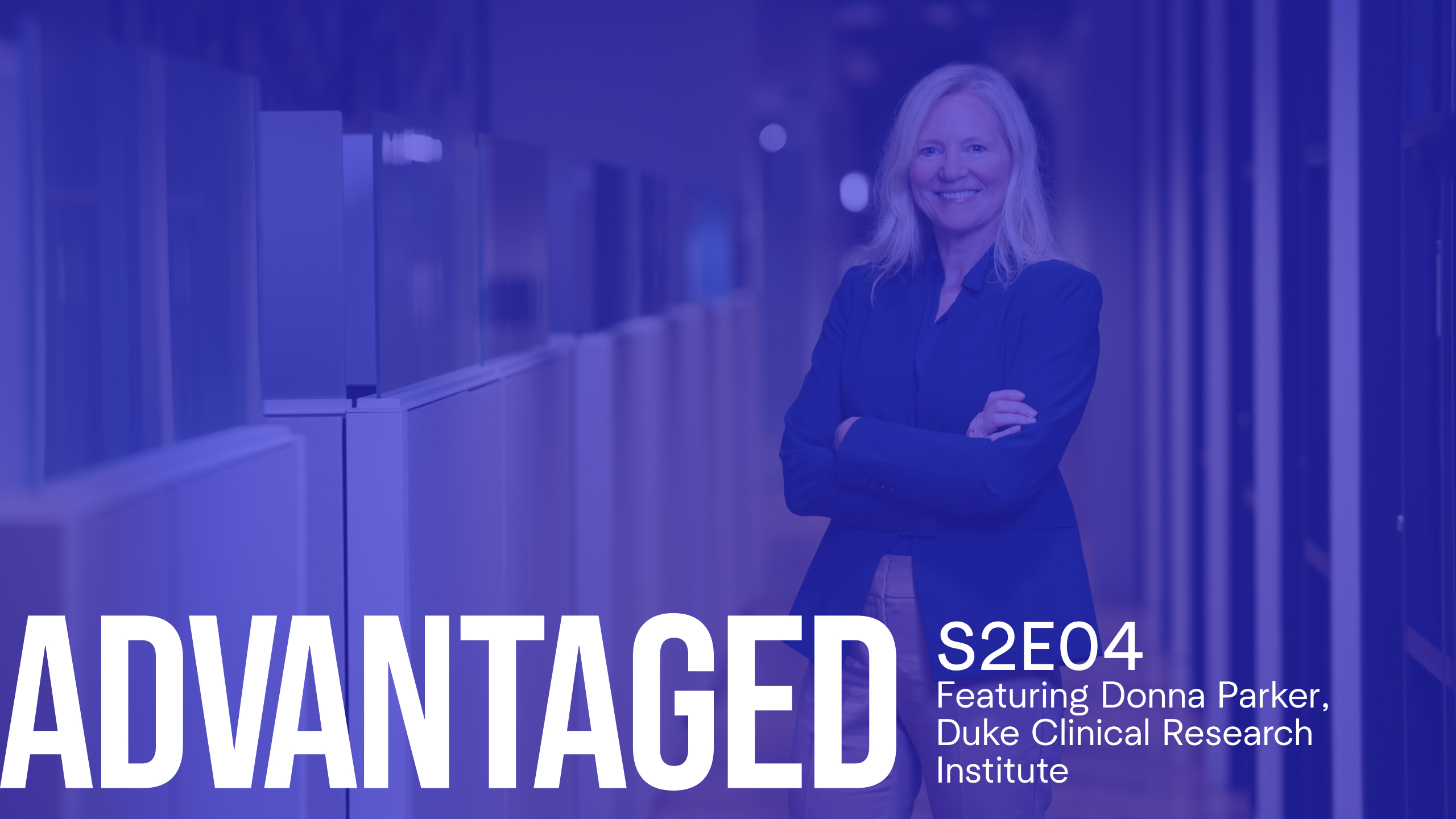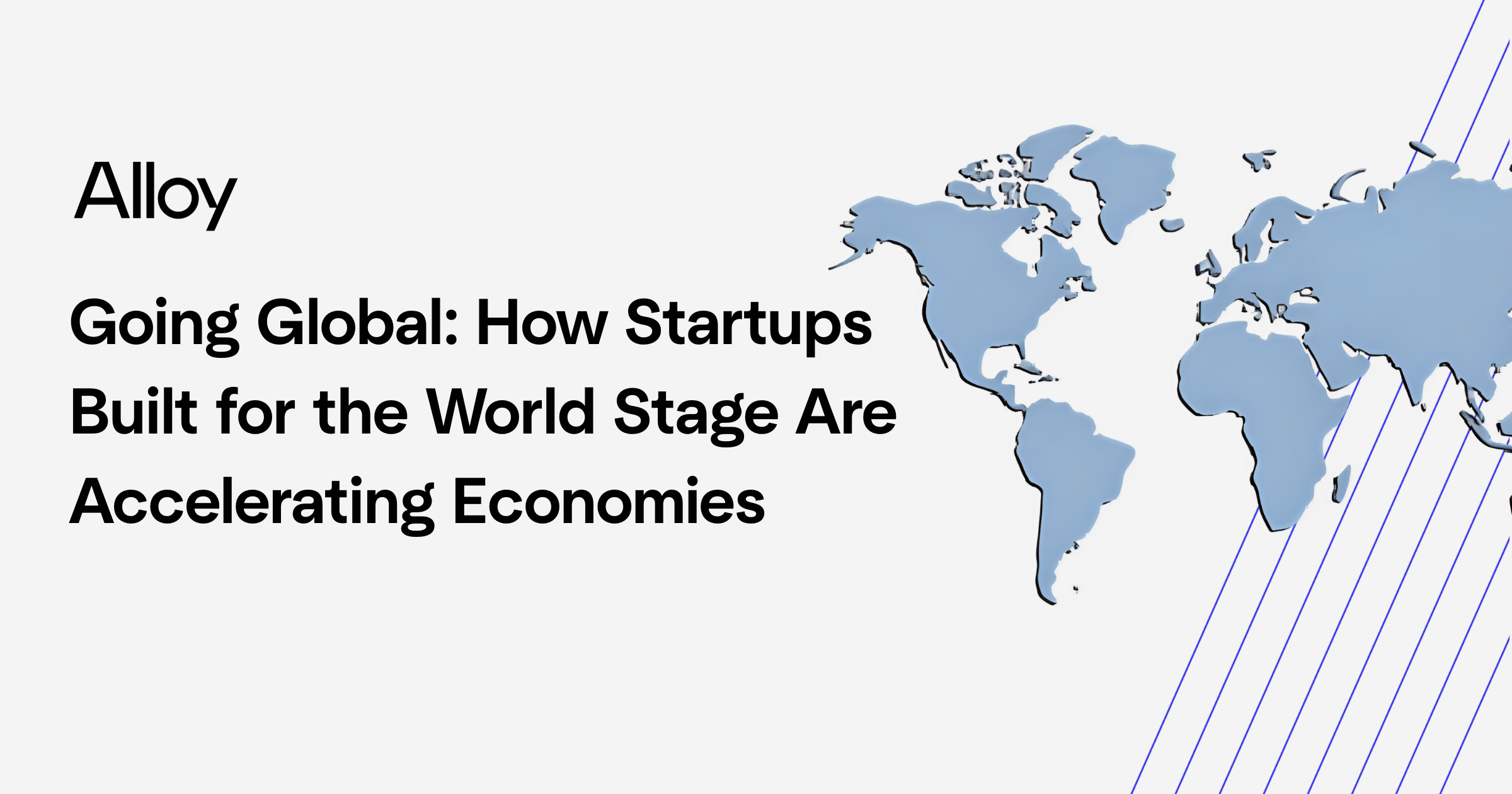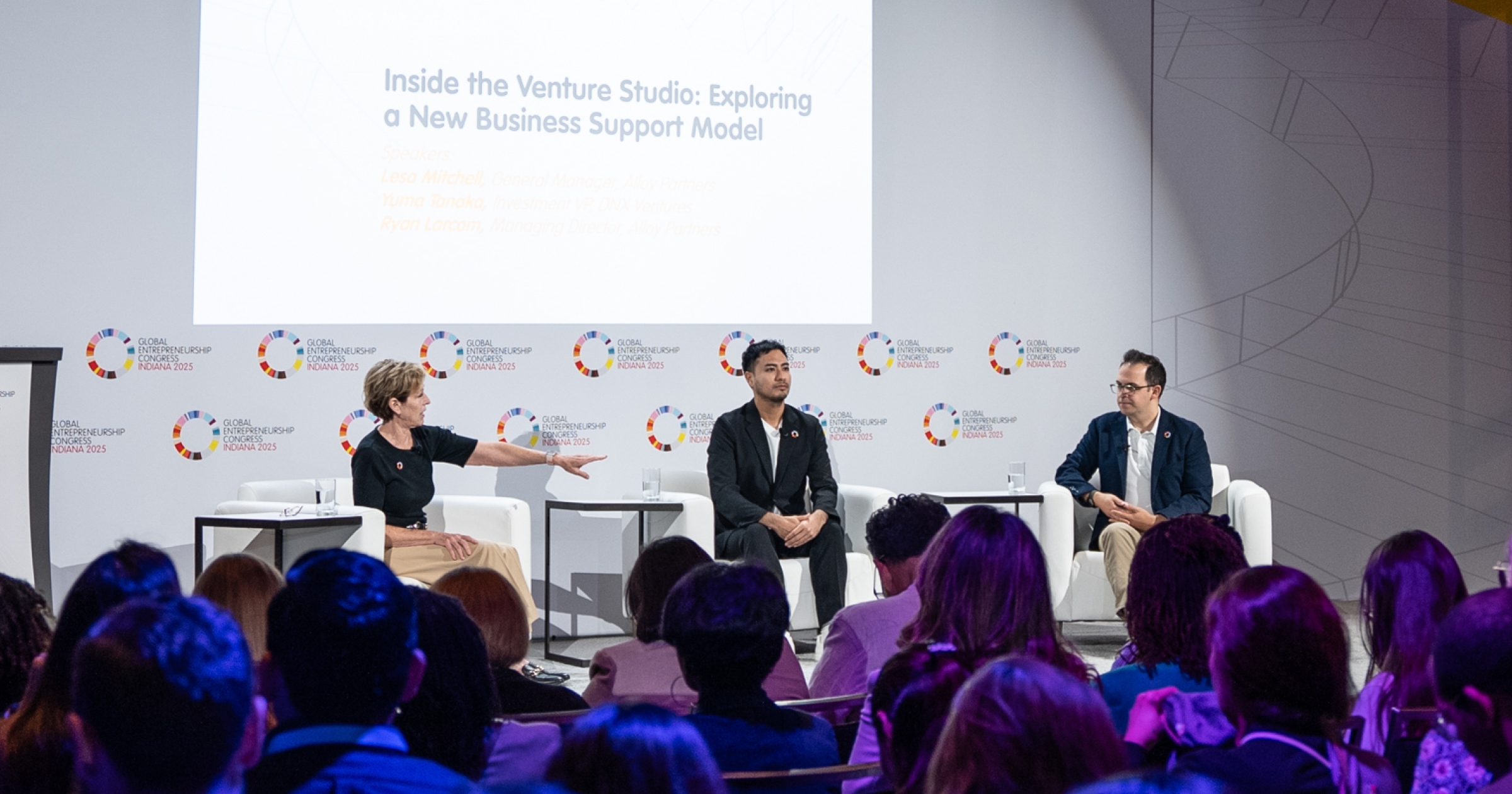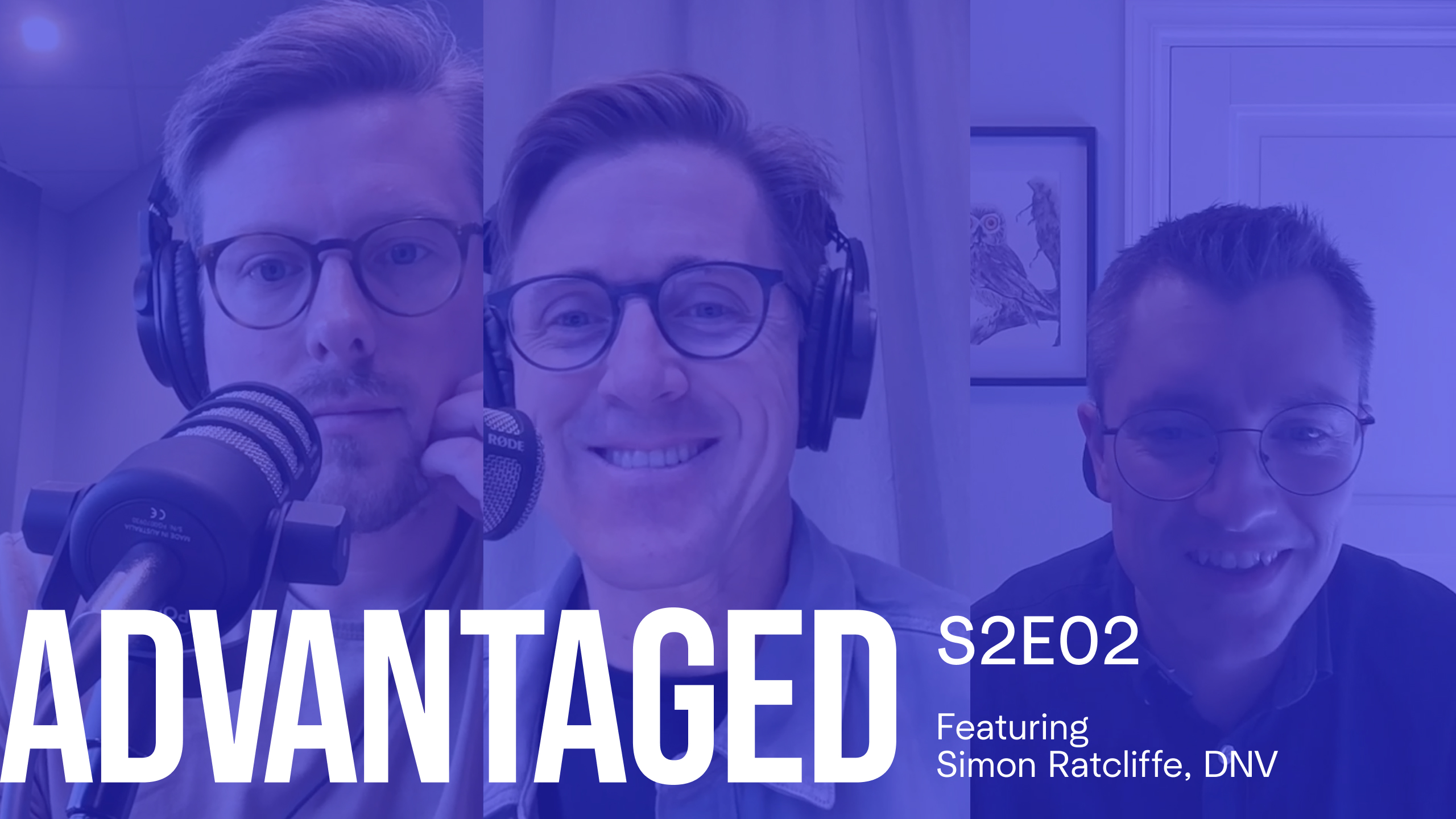Universities have long been fertile ground for transformative ideas, yet only a fraction of academic breakthroughs ever achieve real-world impact. On this episode of Advantaged, we dive deep into the story of MIT Proto Ventures—the unique in-house venture studio at MIT. I'm joined by Gene Keselman (Managing Director), along with venture builders David Cohen-Tanugi and Andrew Inglis. Together, they unpack how MIT’s venture studio model is moving research out of the lab and into the market, their “channel” approach, and MIT’s new open-source R&D Venture Studio Playbook.
Guests
- Gene Keselman (Managing Director, MIT Proto Ventures)
- David Cohen-Tanugi (Venture Builder, MIT Proto Ventures)
- Andrew Inglis (Venture Builder, MIT Proto Ventures)
Key Takeaways
- Why traditional university tech transfer leaves 95% of promising research sidelined, and how Proto Ventures is turning “4.2%” into meaningful, scalable startups.
- The power of the “channel” model: externally funded, mission-driven innovation streams—such as fusion & clean energy and geothermal—anchored by entrepreneur-in-residence venture builders.
- Lessons from launching the R&D Venture Studio Playbook, now open-sourced for other institutions and corporate R&D labs.
- Concrete examples of impact: recent ventures like Vertical Horizons (powering AI data centers), Hyperion Transport Systems (satellite propulsion), and more.
- The future role of universities as launchpads for national innovation, not just teaching or publishing.
- The importance of hiring the highest-caliber “unicorn” builders and the unique incentive structures that make the model succeed.
Listen to the Episode
Watch the Episode
Transcript
Below is an un-edited transcript copy:
[00:00:00]
Drew Beechler: Welcome everyone to Advantaged and Alloy Partners podcast. My name is Drew Beechler. I'm our VP of marketing here at Partners and your host of Advantaged Alloy Partners. We're a venture builder. We partner with organizations and entrepreneurs to co-create advantage startups. On the podcast, we interview corporate innovators, founders, investors, all around venture building, venture studios and startup corporate partnerships, and telling the stories of how startups and big organizations win together.
And today with me here, we have a handful of very special guests from MIT Proto Ventures. are joined by Gene Keselman, who's the managing director of MIT Proto Ventures and two of their venture builders inside the Venture Studio: David Cohen-Tanugi
and Andrew Inglis. Thank you all for joining me here today. So excited to have the four of us chatting.
Gene Keselman: Thank
Andrew Inglis: Oh,
Thank you It's good to meet you, drew.
Drew Beechler: what would be helpful to start with, I didn't tell you that we were [00:01:00] gonna do this, but even just a 30-second quick introduction. I feel like it's always helpful from like a context setting almost of each of your. Backgrounds and specialties and, maybe Gene will start with you and then go to Andrew and David, but just share more around how you got to MIT Proto Ventures.
I think understanding your background is really helpful as we get into a little more around, the Venture Studio and, and the work that you all are doing.
Gene Keselman: I'll give you the 30-second, summation. So I've been at MIT little less than a decade. I went to
a business
school here and then was working in a startup and got recruited to run
the new innovation initiative that was launched at MIT
and subsequently, launched Proto Ventures a few years later with a bunch of faculty.
And we have a good story to tell there, which I'm sure we'll talk about later. Prior to MIT my background was dabbled in startups and nonprofits,
but spent most of my career in the military in the Air Force.
Drew Beechler: And Andrew how about yourself? What is your background?
Andrew Inglis: Yeah, my background is physics. I did a physics PhD at Boston University and after that, a couple years of postdoc and then became an entrepreneur [00:02:00] and started a business of Silverside Detectors. We make nuclear bomb detectors specifically neutron detectors. And did that for 10 years. And just recently ended day to day.
It's now its own entity moving and making. detectors and really wanted to stay in the Boston community and start another startup and support the entire ecosystem. So that's how I joined Proto Ventures. Been here for six months.
Drew Beechler: David,
how about.
David Cohen-Tanugi: I am
Passionate about clean tech commercialization. That's really my thing. I am a material scientist and physicist by background. Came actually right here to MIT about 15 years ago to get my PhD in material science and engineering.
Worked
on water technology and fell in love with this question of.
Given these new capabilities that we're developing, what do we do with them and how do we make sure that they have real impact in the world? I co-founded a startup called Embr Labs doing personal thermal management and spent about eight years growing that company to about 250,000 customers.
Spent some time after that leading the smart devices [00:03:00] automation team at a smart grid company called OhmConnect before rejoining MIT in
this venture builder role.
Drew Beechler: I love that we have lots of
entrepreneurs here on the call
and especially repeat entrepreneurs or maybe delusional
enough entrepreneurs that want to do it again. Like I always find that those folks I don't know, whatever word you want to use to describe it, but enjoy it enough that you've done it before and seen behind the curtain, you're like, yeah, I wanna sign up for another one of those.
And so it's incredible. And I think part of this, the story I'm sure that we'll tell with Proto Ventures will be really interesting to capture.
The why behind that. But that's exciting. Super glad to have all three of you on here today, and I think it'll be fun. if folks are unfamiliar, let's just take a step back of MIT.
Proto Ventures is the in-house venture studio inside MIT. And maybe Gene I'll direct us to you. Tell me more about Proto Ventures and how maybe even Proto Ventures started originally there at MIT.
Gene Keselman: So it got started. Like I said, about
five or six years ago, we looked at the Venture Studio model, commercial
venture studio model, particularly
there was one venture studio down the road
[00:04:00] from MIT right here on campus.
Flagship pioneering
that was very successful in the biotech space and was very successfully taking some of the best talent from
MIT.
And so we looked at why they were doing that and what the incentive structures were for those PhDs and postdocs to go work
there.
And we realized that it was this great opportunity to do deep tech. Entrepreneurship, science research, but also get
paid like an entrepreneur or, associate at a VC firm or something like that.
Generally speaking, MIT can't compete on that, the
commercial level,
but we've also realized there's no better sandbox than a research university for
these kind of activities or potentially there's no better sandbox than the university.
And
we
thought this model might work really well inside a university. Now we talked to a lot of venture studios in the research of it. There was no, nothing existed like that where you were completely within the university, took a commercial
model and put it inside a university. My office there, as I mentioned earlier, was the innovation initiative. We
were building startups within MIT startup kind of programs and stuff. So
this was in my j ob [00:05:00] description to kinda try these sort of things. So we thought we'd run an experiment and we looked for some funding. We got some funding from a a large foundation that was
looking to
do healthcare and ai they wanted to do. Part of that was to do some entrepreneurship venture stuff around healthcare and ai.
So they gave us some funding to make,
do this experiment.
and we hired a first venture builder and said we'll give this a shot for two years and, worse happens that it doesn't work
It ended up working really well, that venture builder went on
to launch two startups and he was very successful. And then Is those, one of those two is still around.
And so we decided to keep going and we did clean energy and
Fusion next. And then we hired David, and then we did geothermal and we hired Andrew.
And we hope to continue. The future looks good for new channels, what we call channels as,
New Stu Studio topics, but also
for collaborations with other university
we've gotten
especially with the publication of the playbook, which I'm sure we'll talk about. But even before that, once word got around the
university systems of [00:06:00] this model, we've gotten a lot of interest from other universities and I think
there's a lot of opportunity for partnerships where you don't only have to
think about
MIT's research ecosystem, but many universities, research ecosystems and how do you translate that at scale. So very exciting model. I think we've proven works pretty well.
Tell
Drew Beechler: me more
about the channel approach
As you
called it, and how are these
determined?
How does a new channel
come about and how do you determine where you're gonna point all of your efforts and energy?
Gene Keselman: That's a really good, insightful question. 'cause that's like the the
real inflection point is
The channels are all completely externally funded and.
I
think that is
one of our
superpowers is that we
don't ask MIT for any funding for this. We ask for outside partners come in. To date, it's been mostly foundations family offices or philanthropic money.
But the point is that that money comes with a mission and that mission unifies our efforts around these topics
or these channels.
And rather than, we have a million blooming flowers at MIT. It'd be very hard for us to find [00:07:00] one
thing to focus on. That's, the president usually has his or her
really big
initiatives.
But there's so many things we could work on. And when we have outside funding come in and say, we really want you to
go explore clean energy infusion, that
is unifying the mission of the,
of that studio.
And then we go find the other faculty and the researchers And everything that's going on around that activity at MIT.
So that funding and that venture builder become that the center of gravity for that
topic. And
I think that's
a really powerful part of the equation.
There's there's a few super important variables to this model
working, and I think that is the first important variable.
Drew Beechler: And it gives it a lot of, it feels like
autonomy and freedom and kind of the ability to move.
Faster and to your point, yeah, you're no strings attached. In some regards at least, which then opens up the
creative
opportunities if you will to really dream big and go for the fences.
Gene Keselman: Really important point. Yes. We are, we're not beholden to the university changing its mind. So as you, you may or may not have heard universities are going through a few, a little bit of a existential identity crisis these [00:08:00] days. As long as we continue doing our mission and building valuable startups and getting, attracting funders from the
outside we're not necessarily part of that internal churn, which is super important
and.
I
think this model
as we wrote about in a recent op-ed, in the hill, this model is an example of how also to
better utilize universities, because we're
actually, we're trying to take something that is a very underutilized process, which is
translation of research, right?
There's money comes into universities in the billions.
It
funds really important papers and research, but various tiny portion of that gets actually
ever translated.
And we are, that. Next piece of, okay, let's take a look at all of this stuff that's already been funded. All of this stuff that's been created this has a lot of work and intellectual property behind it.
What's a new market in this huge field of opportunity that all this noise,
what is the signal that it, there's a new market here?
and that [00:09:00] process does not exist as an institutionalized process anywhere in universities. And so that's what we created was that first.
Institutionalized process.
Drew Beechler: We'll come back to this too, maybe towards the end. 'cause I do wanna dig into that kind of quite a bit
more around the future for university and research
funding. But you talked a couple of times about. The R&D Venture Studio Playbook, you all recently published lists and it outlines how R&D organizations and I really liked how you, you framed it.
It's not just groups within research universities like in MIT, but also national laboratories, the R&D kind of heavy. R&D functions within private corporations as well, but how do they fix this R&D translation pipeline and turn innovation into this pillar within the organization. So tell me maybe more about the playbook as a whole, why the decision to, to publish it and release this externally.
David Cohen-Tanugi: Drew, we Initially set out to build MIT Proto Ventures to solve a problem internal to MIT and that is
too many
breakthroughs happening in labs, not turning [00:10:00] into the commercial impact and societal impact that they really ought to. And over the course of the last five years of actually building up this program and starting to see its results what we learned is that we had
Developed a
method and a model that's applicable not just to MIT, but to
essentially
any organization that's heavy on R&D.
So obviously universities, but also national labs and large
corporations that have big R&D labs and budgets and so on and so forth, and that want to get more impact out of their work. And we had enough success over the last five years to say, Hey, we have something that works here. And
of course in the spirit of universities, we want to share that knowledge.
So that's what we
that's what motivated us really to create a blueprint of source of sorts and open source framework that other. R&D organizations can take and adopt to build essentially a venture studio in-house and build upon the Proto Ventures model to get more impact out of their,
Discoveries.
Drew Beechler: I wrote this down, one of the stat, which I think you were alluding to, a mere 4.2% of patents filed are issued by academic
[00:11:00] institutions are ever really
commercialized. And you all talk about that kind of, I think towards the beginning of the playbook. But yeah this is why we wrote this, is we have too much stuff sitting on the shelf, if you will, Why, do so many promising
technologies
never make it out of the lab, out of the tech transfer office? And
I think this is probably the core,
obviously a lot of what the playbook tries to, to solve for, but
Yeah. Maybe as you're, as
you were thinking about pulling that together, why
do we feel like that is.
Andrew Inglis: I could take it to tap David out. 'Cause he really thought hard about this and tried to represent it very well in the playbook. But it's certainly not because they've lacked potential to really make impact. That's one of the whole points of the academic
institution to have
impact on the world.
And it does it in a particular way that we've been very happy to have done through the history of the world, the United States. But, to get those inventions and those ideas into very high impact translational companies and products, we've [00:12:00] always had it just be a serendipitous.
Process essentially, we've, it'd been a combination of. Hard work from certain people, luck and just perfect circumstances for it to jump out and be one of these great things that we see coming outta the university. And that's fine. And we've just almost assumed that everything else, what is 95 point 6%
of the rest is collateral damage to a very natural process and. We basically, I think right now we're thinking that this is not. Gonna cut it. We really want to show the world that universities have so much more to offer, to have impactful influence in our entire, market, commercial markets, capitalist markets.
So changing that 4.2, that's, the inception of the question, how can you change the 4.2 to 10.2 or
20.2?
And that was the inception of the question, how to do it. then you start asking why, incentive misalignment. Researchers get [00:13:00] promoted based on publications, academic impact, not by finding commercial licensees or inventions that they can spin out.
There's always caveats to this,
but that's
the 4.2, right? There's the people that we hear about and we think, oh, it's happening everywhere. It's not happening everywhere. It's a very shallow bench. And then lack of industry awareness. Just thinking deeply on this, every single lab I've ever been in has a motivation for why they do what they do.
And there might be even some commercial story to it, but it is a very weak link that has been accepted to just be weak, and we wanted it that way 'cause you really want the universities
to be able
to explore a lot. But not really being aware of very specific needs in critical industries that really need a lot more things to be pulled out that we saw as a big gap.
So the solution is everything that we're doing here at the Venture Studio.
Drew Beechler: Andrew, I
think you, you touched on an important part there somewhat of the
it's
The separation of church and state almost of the you need the industry and the market [00:14:00] in the commercialization process and to be included in
that to also make it successful. At the same time, you need some of that separation or incentives are probably misaligned
in some ways. in particular with Proto Ventures, the Venture Builder program and what you and David are doing as venture builders within Proto Ventures, I think is a unique model of you're sitting there in the lab, you also have some of that.
Market experience and kind of background. So what has been the Proto Ventures approach to that of how do we find that balance? What's worked, what hasn't, over the last five years or so as well.
Gene Keselman: So look from day one, we were, like I, I mentioned this was all an experiment
we thought the, that getting these. What we call kind of entrepreneur, super postdocs in,
into do this work would be important. We didn't understand how important
the,
it would be that we really hire
As the first priority.
And th this
is an example where hiring as destiny and. When I
talk to corporations, governments, other universities
about this model,
this is what I lead with is whatever you [00:15:00] do, figure out how to structure your system such that you incentivize
the best possible, person to come in and be our venture builder,
and that it starts and ends with that and everything else will fall in line after that. 'cause it doesn't matter how good I am, how good our system is, how good our research is, if you don't have the right people inside the
ecosystem embedded in the labs,
doing the day-to-day work creating
the allegiances and the the relationships and
the all the things that they have to do to actually translate.
the research that would
not otherwise be
translated.
You realize how important
having the Andrews and the Davids of the world come in and do this is
and the last thing I'll say on that is that is sometimes the problem with the commercial model or the advantage we have over the commercial Venture Studio model is that. We don't have to worry about the financial incentives
on the front end and that's, I know it's not easy for someone in
VC or Venture Studios to understand that
we don't take any carry. The university doesn't take a, a cut what David [00:16:00] and Andrew walk out the door with is
entirely theirs to, to build.
Teams are on to split equity
to create cap tables and. That incentivizes what we call, these, unicorn humans, these people that could otherwise do other things. They could be starting their own startups already. They don't need to be inside MIT, but they want to come because what better playground is there
than a university research environment
and.
What they build is theirs. And if we were, if I was coming and saying, look you're great. You can do whatever you want. You have infinite optionality. Come here, build startups out of MIT with me and I'll take half of your startup before you even walk out the door. I don't think I could attract the kind of talent
that we've attracted i'm not saying that is the right model for other folks that
need to figure out some kind of
carry model to continue to be sustainable. Obviously financially sustainable. But I do think that whatever you do figure out,
How do I get the a plus humans in here to build,
because nothing else really matters.
Drew Beechler: I
David Cohen-Tanugi: I am
also happy to talk a little bit about what being a venture builder has meant for me.
[00:17:00] essentially. The pro to ventures model is premised on the idea that something magical and quite impactful happens when you take people who have the relevant background and you make it their full-time job to think about commercialization and commercial potential and research heavy
environment, and you embed them.
in that research environment for a period of years.
Not to do research, not to publish, not to get tenure, not to administer programs or to educate other people or to
fund grants or all these other things they
could be doing. But instead just to look for where
are the neglected, under leveraged or possibly completely inexistent commercialization opportunities that could change the world and make for a really successful business.
And it takes a certain kind of individual to do that, right? They, you need to have. Entrepreneurial
experience to know what questions to
ask and to know what the path is gonna look like. You need domain expertise in whatever industry you're proposing to make an impact in. And of course, you need enough technical chops to.
First
have [00:18:00] credibility really with the researchers so that you can
Fit in and be trusted by them and have them feel like
it's worth their time to explain to you what they're doing and enough technical jobs to actually understand what it is that they're doing. And meaningfully incorporate that into your thinking and your brainstorming.
And that's really
what the model is premised on in, in my experience and what that means in practice for somebody like myself or like Andrew is very early on. As we embed in labs at MIT. With this mission of identifying and building the biggest commercialization opportunities, we split our time
across
three big dimensions.
The first one, the first third is. Tech scouting. Essentially, it's talking to as many researchers as possible, taking out grad students out for lunch, attending thesis defenses, reading academic papers browsing recent patents and so on. and Talking to professors and everything to understand what's out there,
what's been invented or being developed
recently that could really change the world.
And it's not. Necessarily going anywhere or slated to go anywhere.
The
second, third is really the converse of that, and that is understanding what problems out there are not solved. Where are the really the holy grail [00:19:00] needs that the market has? And that involves speaking of course, to large corporates who would be the potential, partners, customers, acquirers of any of these ventures,
but also
analysts, consultants, the venture capital community.
Policy folks, whoever can help you understand what fundamentally you should be looking for and really where the big needle moving levers would be if you were to find them. And then the third piece is really ecosystem building. So a
lot of networking
With folks
within MIT, both on the engineering side and on the say, business side of the campus.
Alumni, local
entrepreneurs, advisors, corporates, basically
anybody who.
In the proverbial it takes a village analogy. Anybody who's gonna contribute to this village, ultimately that is going to be one of
these startups. And it's
really with those three types of ingredients, people, technologies and problems that we spend our time trying to connect dots, right?
Where do we find dots that nobody had really connected quite before or not successful yet? And then we run essentially a pretty structured process by which all of the different possibilities [00:20:00] and ideas that have come to mind through. Various kinds of brainstorming advance through a rigorous funnel until there's actual companies to launch commercially and go down the product building team building, fundraising, customer building process.
Andrew Inglis: I might just throw one
as the third, the first, third, second third of your voices. I think every channel also is unique of what's needed. And this is another one of the beauties
of the channel model. that, Gene mentioned. It's one of the superpowers.
The way I would describe
the superpower
is that it's a mission that you can obsess over as an entrepreneur. So you come in and you have a mission to support. An industry or a movement of a new technology that could change the world. Geothermal is certainly one of those right now in the world, and that gives you these guardrails that are very valuable in this process.
'cause you can learn about an entire ecosystem
of.
In the industry, everyone in it, all the academics, companies, investors, problems that need to be addressed over the next 10 [00:21:00] years. And that's, I would say that's one of my big thirds of what I'm doing. And then the other third, that was David's second, third, and my, the first third is to connect it with
all
the research that's happening at MIT and start linking capabilities that MIT has.
To be able to solve some of these and maybe spin out some technology that can
solve it.
And it's interesting to hear David speak about his channel and my channel. There's a lot of overlap, but I want to mention that this model that we have also gives the freedom for these different topics, these different channels,
to
have different flavors of how you can really hit the mission and that's needed.
You need that nimbleness. And this gets back to Gene just saying, hire the right people. Just hire someone that would, is obsessed about solving the problem by starting something new. And sometimes those paths look a little bit different, but if
you hire the
right people. It. You can use the base, which is like the playbook.
The playbook is great because it is a base that you can build off of [00:22:00] from your channel, but the channel might have different focus points of saying, oh man, I gotta do this before I do this.
And who
better to do that than an entrepreneur that just did it for the last decade? And with these either successful or not successful and learned a lot about that process, so it does always come back to the people, the, this whole model.
And, I don't know, I just kept, started thinking about an analogy of I had to teach for America way back when, and it's this big program to. Undergrads that just graduate into urban school districts to change education in the United States. They have a playbook. They, I got a big playbook in the beginning of being taught in summer in Houston where we did our training, but it all was to train.
Hundreds and hundreds of people that were the core of the program. And so that's how I think about the playbook and these people diving into the different channels, solving the problems that are happening in every channel
independently.
Drew Beechler: Are you, both able to share maybe a little bit more of some of the key focuses of your individual channels and [00:23:00] or some of your favorite.
Ideas or problems or businesses that you've worked on or successes that have come out of those over the last, little while.
David Cohen-Tanugi: Sure. I'm happy to share an example.
Vertical Horizons is a company that was launched in 2024 out of the Fusion and Clean Energy Channel.
They recently
raised a nearly $8 million seed round to commercialize power supply units for AI data centers specifically to make them those power supply units more compact and more energy efficient, which is very timely, as I'm sure you know. and to give a bit of backdrop to that.
Story in that success, if you will, and give it a bit more context. There was a core technology that came from the electrical engineering department at MIT and that essentially involved a new way of growing a special class of semiconductor devices. But it wasn't really until one of our Proto Ventures fellows, whose name is Cynthia.
Ow. It wasn't
until she really teamed up with the researchers and connected the dots between the technology that had been developed and the major trends in the AI and data center and hyperscaler [00:24:00] industry that a real commercial effort came into being. And over the course of the time, really coming
into being, and then ultimately incubating within proto Ventures what was
basically just a technology and a high level aspiration turned into a very fast moving, hopefully very impactful and commercially successful
Andrew Inglis: I might just add, I've been here for six months, so I'm still incubating even my first success stories. But I'd say that it's really cool because when I came in. I started getting the lay of the land of opportunities that are related to geothermal at MIT and some of them. Or these amazing ideas that we're almost ready to just be supported to, to start moving to funding sometime in the upcoming months.
And then there's ones that are all the way on the other side where there they could be supportive of geothermal, but we don't know yet. And there needs to be a
lot more work to
be done. So it's almost like a scale free amount of those. So there's one or two ready I need to support to get right off the edge, and then there's five or six down at the other end. And then
with this.
This building [00:25:00] of ecosystem that's still happening. So I'm still bringing
the professors together to brainstorm and come up with new links to their capabilities and the needs of geothermal.
So yeah,
that that's what I would, that's what I would say for startups that I'm
working on right now.
David Cohen-Tanugi: Generally what
we've seen on average is that a venture builder ends up. Putting out
or collaborating on the creation over the course of two years. Putting
out roughly two to four
startups, that's
roughly the rate that we've seen.
So in the particular, in the fusion and clean energy case I
mentioned vertical
horizons. We also are launching a startup doing plasma sensing and diagnostics for fusion experiments and fusion devices. A company called Hyperion Transport Systems. That's building a new class of.
Satellite
thruster for any type of satellite or space mission.
And a company called in Interlink that's building a much more efficient and collaborative platform for grid interconnection of projects. And
The, other thing I'll call out, 'cause Drew, your question was about
[00:26:00] startups that came
out, but also just more generally about projects that we've been excited about.
There's
the.
The tail
end of our process is startups, obviously. That's the whole point.
But by virtue of being embedded within a research
environment we end up having
a kind of longer term
effect on the mindset and the projects that are happening inside the lab.
And so those. It'll take a little bit longer for that to bear fruit and for people to know exactly what came out of that.
But a lot of our time is spent nurturing researchers and giving
them a sense of how to think about problems or giving them visibility into what market needs exist out there that they might spend time on or.
Creating
projects that might not turn into a startup. In 12 months because maybe there's another year or two of R&D to finish before it's really worth commercializing.
But that are eventually going to see the light of day. And so I have a number of those examples that I've been really excited about that are not technically startups, but very much count as impact of a venture studio inside an
R&D organization.
Drew Beechler: Yeah I think that's
So [00:27:00] important. And I think and maybe to circle back to what Gene you were saying a little bit earlier too, just with inside the
research organization as a whole, the intangible benefits also are so valuable. And I think today, we were talking earlier about.
The current state of government, university relations and how universities should be thinking about entrepreneurship
in, in particular kind of, you mentioned the op-ed that you wrote in the hill. And I'll just share this quote That was one of my favorites. And then ask for any and all of you thoughts around how is this evolving, in the future and how is MIT Proto Ventures, in my view, helping lead the way in many of this?
But the quote that I love, that I feel summed up. A lot of the op-ed said to maintain the relevance and continue to support our national security, Universities most codify translation and entrepreneurship as a crucial pathway for making a difference. Research labs must move beyond passive spillovers and become active launchpads for new companies that leverage federally funded research.
And I thought the whole piece is just how do you rethink like what is the role of entrepreneurship really within a university and
I think these are lots of examples maybe of [00:28:00] how some of that is, is playing out with Proto Ventures, especially.
Gene Keselman: Yeah, so there's a a moment in time issue here.
Sometimes we also get to the point where when you are, a hammer, everything looks like a nail.
And we wanted to avoid
coming out
and saying port of interest fixes all the problems. I, I do believe that generally speaking, there is, we mentioned it a couple times here and I think there is a general misunderstanding in the the common man or woman's view of universities, of what universities are and what their great value is. And
It's not just about teaching, right?
The universities are the first foundational layer of our. Development
as, societal development of technology and ideas and,
The future will start in a university at the research level inside a university, whatever that fu whatever topic you're talking about.
And so
I think
part of the point was. Not just to say, Hey, look, universities aren't as bad. All you hear about, is all these bad things about what universities [00:29:00] are doing is, we're doing some good here too, but like that we know we can do better. And we've made such a huge impact on the world already.
Think about what we could do if we made even more concerted effort to really think about impact, not just about. Publishing the point is that, that's what we're trying to say is that we can do better. It's not just. Please stop yelling at us and please just let us continue doing our job.
It's yeah, we can do better. And there are models out there. This happens to be one of them that really does try to focus universities on what we call the third pillar of translation.
Of impact.
Drew Beechler: Yeah.
I love that.
David Cohen-Tanugi: There's been one key learning for me in this time at Proto Ventures that I think is really probably relevant to any.
Venture builder, any venture building organization, and any person in one of these Venture builder, EIR, founder in residence type roles. And that is the interplay of technology, push and market pull. It's.
Something that everybody knows that to build a successful business, you've got to both be addressing [00:30:00] a, real pressing market
customer need and also have some differentiated way of solving that need so other people can't
imitate you.
What I have seen,
and that I think is something I get very excited about is.
There's
traditionally been a gap. Universities, they have plenty of technologies and plenty of solutions
and. Sometimes they
don't do anything with those solutions, which is what we've been talking about for a long time.
But even when they do it feels, it's very tech push oriented. Back to, and Gene was talking about hammers and nails. Most university translation, technology translation or commercialization efforts.
Take the form of we've got this one technology and that therefore we have this one company.
It's job is to commercialize the technology and surprise that doesn't always turn into great companies. Maybe it doesn't solve that big of a.
Market problem.
Or maybe actually you needed some
brilliant business
model idea to go with it in order to get anywhere and so on and so forth.
And so tech push,
which is the favorite modality of universities and national labs and so on and so forth. It's not really enough. And then the [00:31:00] converse is what happens if you have a venture building organization that's separate from it doesn't have really good access to a research.
Organization or a bunch
of labs
in-house, which
is, you can think about market problems all day long but you don't really have any good differentiated solutions. And so you default to pure business model innovation. Or maybe you throw a little bit of AI and chat GPT at it or something.
And,
but you don't end up
with highly differentiated, business is that way. And so it's, this is, I think a conundrum that I think the entire entrepreneurship and venture building community is grappled
with. And I think
there's something very special and interesting about trying to marry tech push and market pull on the same level equally balanced with something like what we are doing here in a university, but having entrepreneurs embedded in this way.
Drew Beechler: Yeah, I think that's such a good point.
Andrew Inglis: I would just add it and then have affidavit to work out the hundreds of little roadblocks that exist, that make that number 4.2%.
In that
model that he just described, because that's what it [00:32:00] requires. You can't just have the idea to have
The pull and the push be at the same level.
It's also to have David in the labs with maybe a handful of really great ideas and seeing a barrage of little tiny issues like the professor. Doesn't understand how much work and effort it is to do a business model or he doesn't understand that another set of experiments need to happen, or you don't have the right person to shepherd into a great role.
It, yeah, I, what I really like about this whole model is that there is a couple of just the variables that Gene was talking about, PhD level entrepreneur residence. Plopped in the seat, obsessed about a mission and a topic, solving all those problems. That's what differentiates us from 20 different programs that help entrepreneurs at MIT.
It's really valuing that could be the variable that cracks open and tries and solves a lot of little, tiny problems and really moves the needle.
Drew Beechler: I think that's, so eloquently put both of you in terms of just how do you [00:33:00] think about that blend of the balance and what makes it truly unique. I love the approach that you all have taken
and just the.
The moonshot ideas of how do we really make an impact and a difference on the
world through this,
Tech push and kind of market pull equilibrium
if you will, which is such a great way to think about it.
well, Thank you all for joining me this afternoon.
This is an incredible conversation and hope, hopefully one that we can continue to have for a long time and continue to root for and see all of the companies you all are working on continue to grow and thrive. So. This
is incredible. Thank you so much.
Andrew Inglis: Yeah,
David Cohen-Tanugi: Thank you for having us drew.








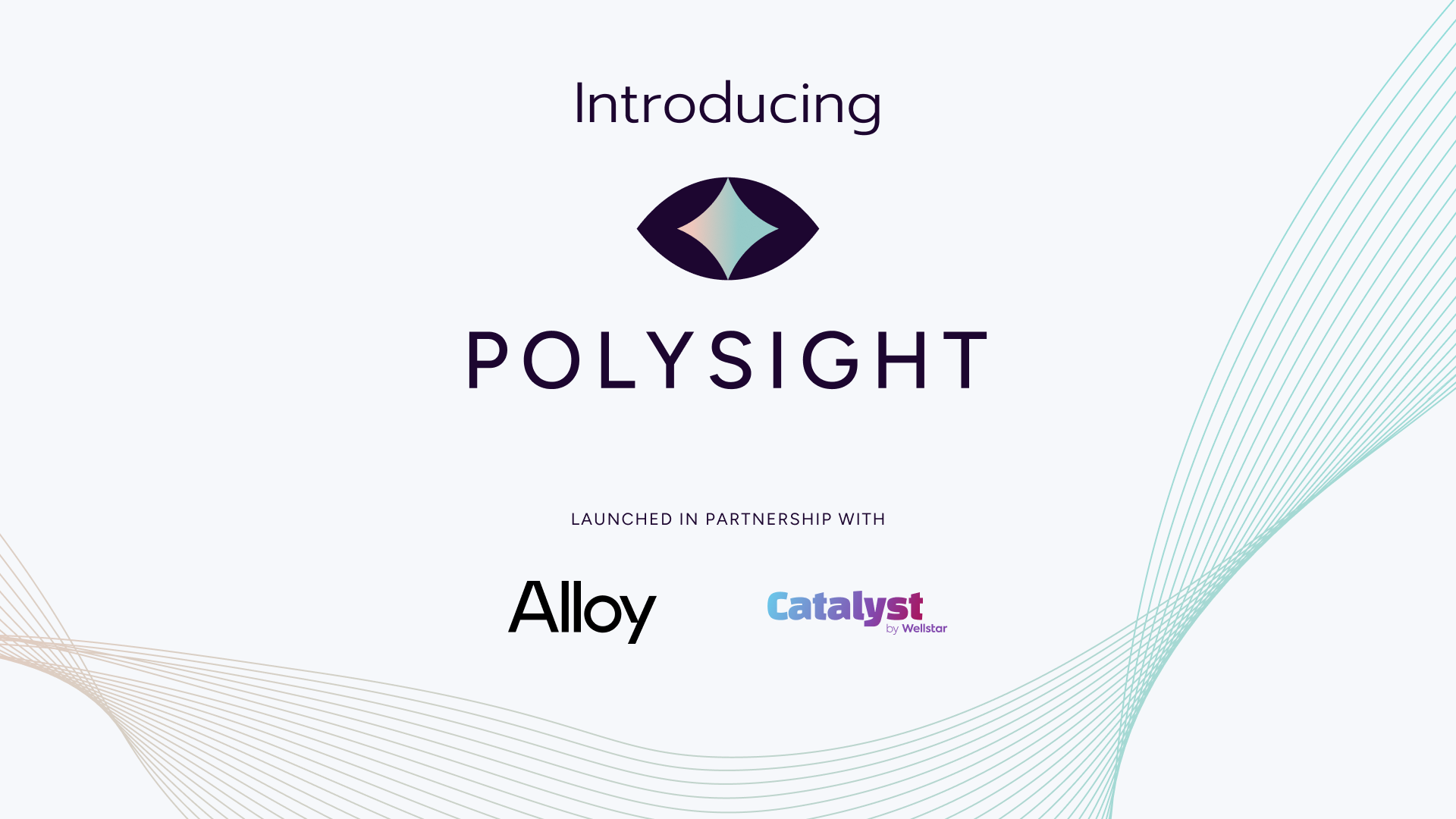

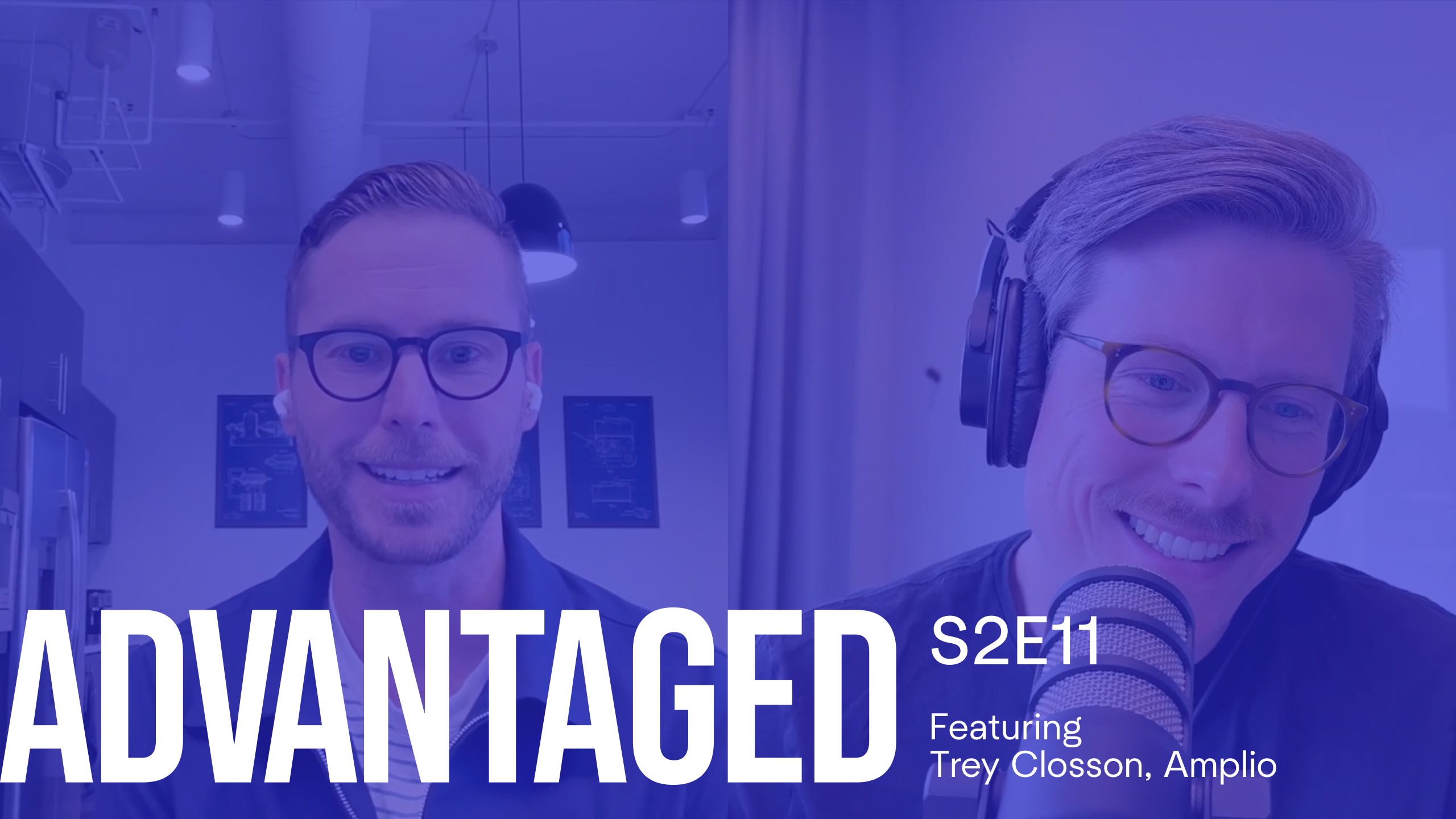
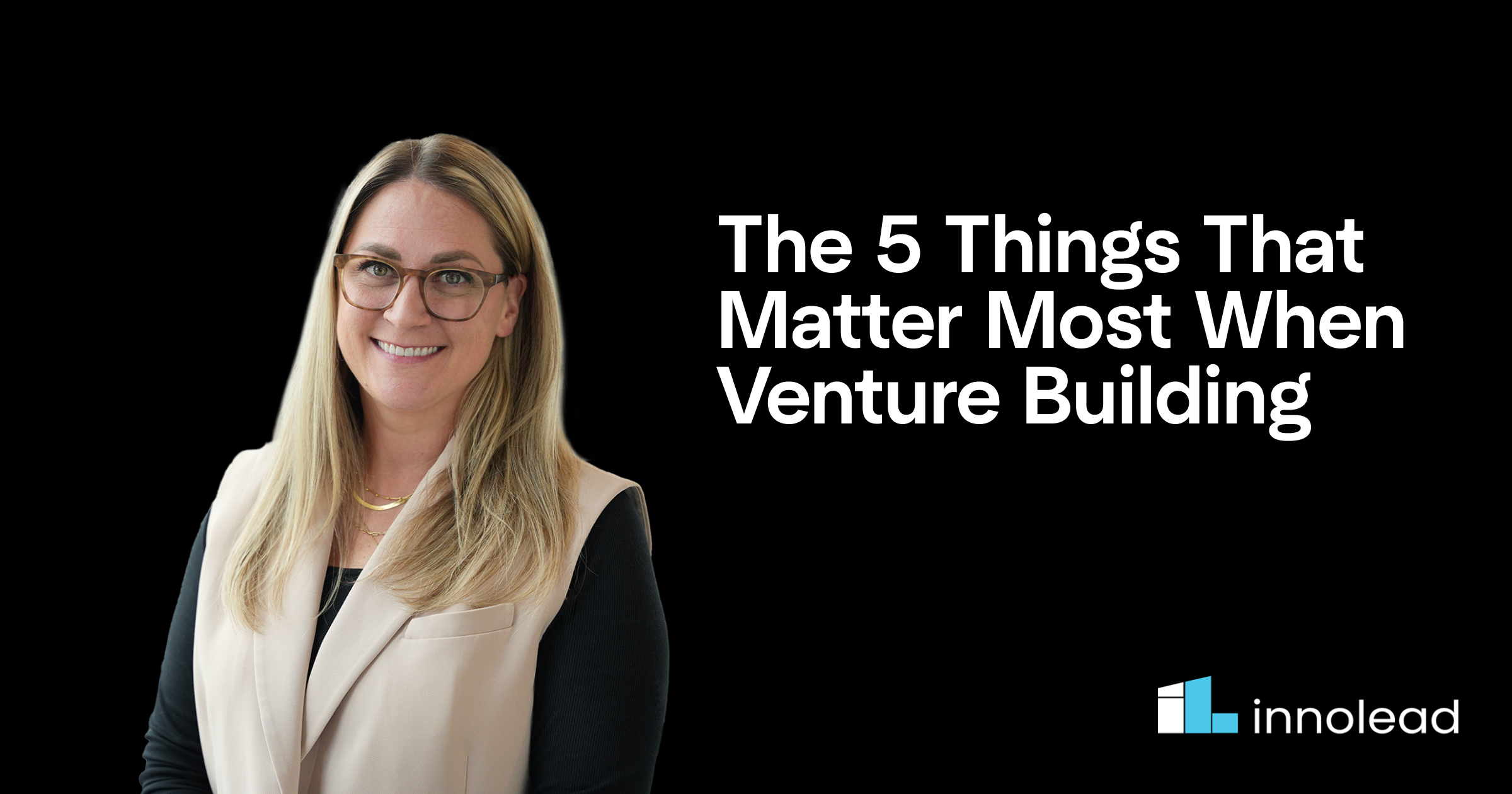
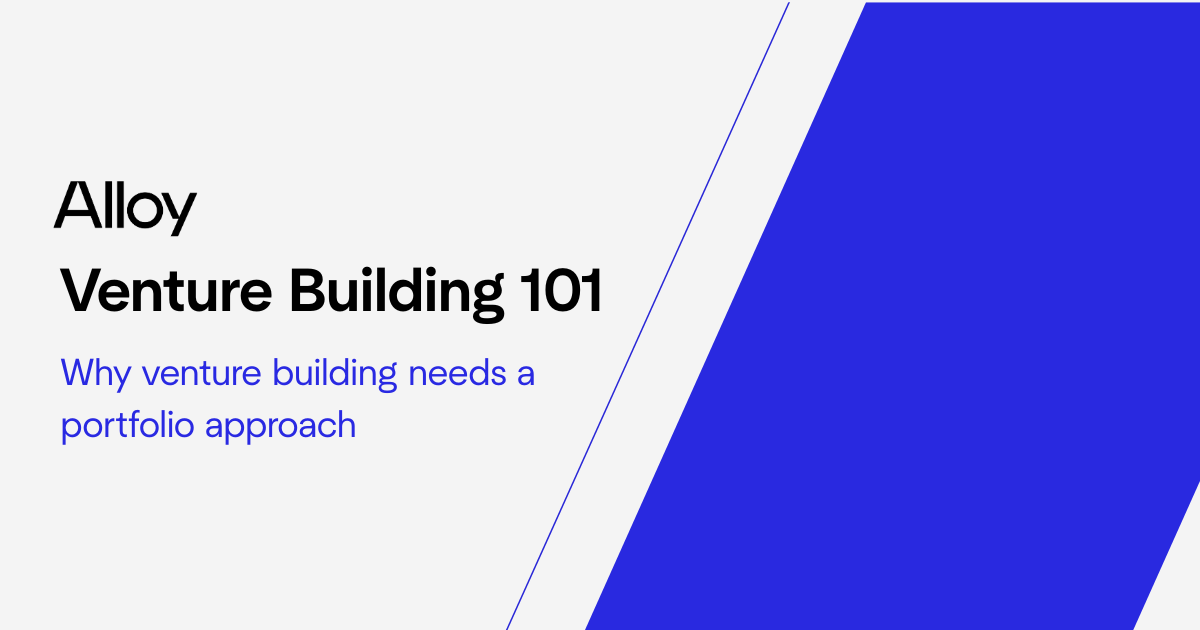
.png)
